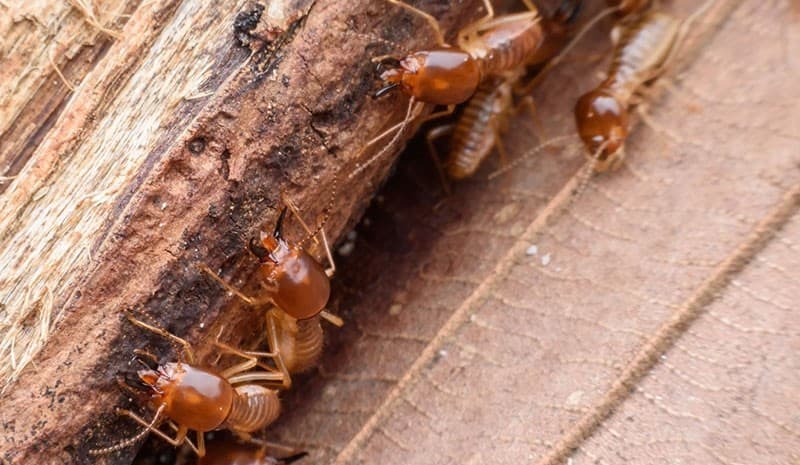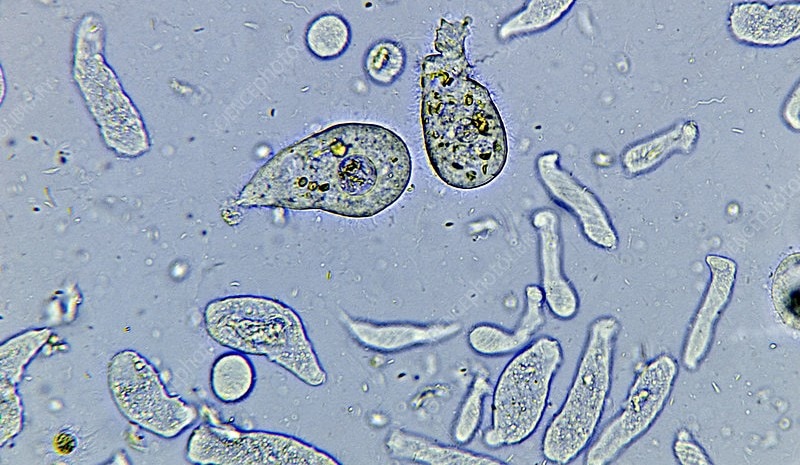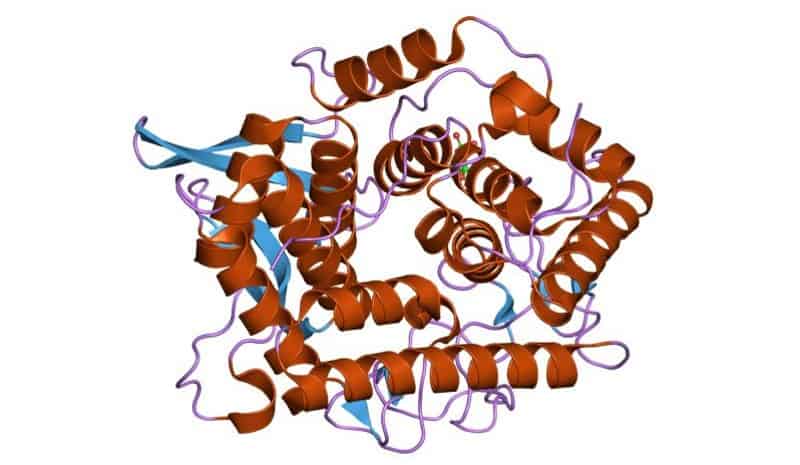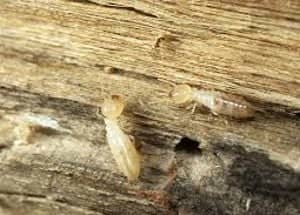The Breakdown of Cellulose in Termites

Cellulose is the most abundant organic polymer on the planet. While it is a major component of plant cell walls, many animals are unable to break it down for nutrition. However, termites have evolved a unique system to digest cellulose, which is an important part of their diet. In this section, we will explore the process of cellulose breakdown in termites, including the role of symbiotic microorganisms and enzymatic pathways. Understanding how termites consume cellulose can shed light on their fascinating feeding habits and their crucial role in the carbon cycle. To learn more about the relationship between termites and wood, you can check out our article on termite-wood relationships.
The Digestive System of Termites
Termites have a highly specialized digestive system that allows them to efficiently break down cellulose and extract the nutrients they need. The digestive system of termites consists of multiple chambers, each with its own specific function. Food is first ingested by the termite and passes through the foregut, where saliva and digestive enzymes are introduced to break down the food.
From there, the food enters the midgut, which is home to millions of symbiotic microbes. These microbes play a critical role in the digestion of cellulose, as they produce the enzymes necessary to break it down. In fact, without these microbes, termites would be unable to digest cellulose at all.
The hindgut is the final chamber in the digestive system of termites. This chamber is responsible for absorbing nutrients and water from the digested food, before the remaining waste materials are excreted from the termite’s body. Interestingly, termites are capable of re-ingesting their own waste products to extract any remaining nutrients before excreting the waste a second time.
It’s worth noting that the digestive system of termites is highly influenced by their feeding habits. Drywood termites, for example, feed on dry wood and have different gut microbes than dampwood termites, which feed on wet wood. Additionally, the landscape in which termites reside can also play a role in shaping their digestive systems. For example, termites in more arid regions may have adaptations that allow them to extract more water from their food.
The digestive system of termites is an incredibly complex and fascinating adaptation that has allowed these insects to become important contributors to the carbon cycle. By breaking down cellulose and returning nutrients to the soil, termites play a crucial role in maintaining healthy ecosystems. For more information on termite feeding habits and landscape modification, check out our links on what termites eat and termite landscape modification. To learn more about the role of gut microbes in termite digestion, head over to our link on gut microbes and termite digestion.
The Role of Symbiotic Microbes in Cellulose Breakdown

Termites have a unique relationship with symbiotic microbes that assist in breaking down the cellulose in their diet. The gut of termites contains a variety of microorganisms, including bacteria, protozoa, and fungi. These microbes help the termite break down cellulose and other complex organic compounds into simpler compounds that can be absorbed and used as nutrients.
One of the most important roles of these microorganisms is the production of cellulase enzymes. Cellulases are a group of enzymes that break down cellulose into glucose and other simple sugars. Termites themselves do not produce enough of these enzymes to break down the cellulose in their diet. They rely on the cellulase-producing microorganisms in their gut to digest cellulose.
The table below summarizes the different types of symbiotic microbes found in the termite gut and their role in cellulose breakdown:
| Type of Microbe | Role in Cellulose Breakdown |
|---|---|
| Bacteria | Produce cellulase enzymes, break down cellulose |
| Protozoa | Aid in the breakdown of large cellulose particles |
| Fungi | Produce hemicellulase enzymes, break down hemicellulose (a component of plant cell walls) |
Protozoa in the gut of termites also play an important role in cellulose breakdown. They have a unique ability to engulf and digest large particles of cellulose, making it easier for bacteria to access and break down the cellulose further.
One interesting fact about symbiotic microbes in termites is that they are not present in the gut of newly hatched termites. They acquire these microorganisms from their social environment. Termites feed each other through a process called trophallaxis, which allows the transfer of cellulose-digesting microbes from one member of the colony to another. The acquisition of these microbes is essential for the survival of termites, as they cannot digest cellulose without their help.
The role of symbiotic microorganisms in termite digestion is complex and essential. Without these microbes, termites would not be able to break down cellulose and obtain the nutrients they need to survive. It is a remarkable example of the intricate relationships between different organisms in the natural world. If you’re interested in learning more about termites, check out our article on termites and their feeding habits.
The Enzymes Involved in Cellulose Breakdown
As previously discussed, termites have a unique ability to break down cellulose for nutrition. However, how do they actually do it? The answer lies in the enzymes involved in the process. Enzymes are proteins that catalyze chemical reactions in living organisms. In the case of termite digestion, specific enzymes are necessary to break down the cellulose in their food. Let’s take a closer look at these enzymes and their functions.
Cellulases

Cellulases are a group of enzymes produced by termites and their symbiotic microbes that play a critical role in the breakdown of cellulose. These enzymes act by cleaving the β-1,4-glycosidic bonds that link the individual glucose molecules in cellulose chains.
There are three types of cellulases produced by termites and their symbiotic microbes and they have different functions in the breakdown of cellulose. These enzymes are endoglucanases, exoglucanases, and β-glucosidases.
| Cellulase Type | Function |
|---|---|
| Endoglucanases | These enzymes cleave internal β-1,4-glycosidic bonds in the cellulose chain, thereby generating shorter cellulose chains. |
| Exoglucanases | Exoglucanases cleave the terminal β-1,4-glycosidic bond in a cellulose chain, releasing cellobiose, a dimer of glucose. |
| β-glucosidases | These enzymes act on cellobiose, hydrolyzing the β-1,4-glycosidic bond and releasing individual glucose molecules. β-glucosidases are also responsible for breaking down other complex carbohydrates present in the wood and soil that termites consume. |
The synergy between these enzymes and the symbiotic microbes in the termite gut enables the efficient breakdown of cellulose and other complex carbohydrates in the wood and soil that termites consume.
Hemicellulases
One of the key types of enzymes involved in termite digestion is hemicellulases. Hemicelluloses are complex polymers of sugar that are found in plant cell walls along with cellulose. They play a crucial role in breaking down hemicelluloses into simpler sugar molecules that can be absorbed and metabolized by termites as an energy source.
There are various types of hemicellulases, each with a unique set of functions. Xylanases are enzymes that break down xylan, which is a type of hemicellulose commonly found in wood and agricultural crops such as corn and wheat. Mannanases, on the other hand, break down mannans, which are hemicelluloses found in the cell walls of legumes, seeds, and fruits.
Other types of hemicellulases include galactanases, which break down galactans, a type of hemicellulose found in vegetables and fruits, and xyloglucanases, which break down xyloglucans, another type of hemicellulose found in plant cell walls. Additionally, acetylxylan esterases help to remove the acetyl groups attached to the hemicellulose molecules, exposing them to other enzymes for further degradation.
The presence of these enzymes in the termite digestive system highlights the complexity of the symbiotic relationship between termites and their gut microbes. The termites provide a suitable environment and food source for the microbes in their gut, while the microbes, in turn, help the termites to digest tough plant materials. Together, they form a unique and essential part of the carbon cycle.
Lignocellulases
Lignocellulases are a group of enzymes that break down lignocellulose, a complex plant cell wall component that is found in many sources of biomass. The lignin component in lignocellulose makes it resistant to degradation by most microorganisms, but termites and their symbiotic microbes have evolved the ability to break it down using lignocellulases.
Types of Lignocellulases:
1. Ligninases: These enzymes break down the lignin component of lignocellulose. They are classified into peroxidases, laccases and other types.
2. Cellulose Binding Proteins: These proteins are produced by the symbiotic microbes in the termite gut and help to bind the cellulose component of the lignocellulose to the cellulase enzymes.
3. LiP and MnP: These are peroxidase enzymes that break down lignin by oxidizing it and causing it to fragment into smaller molecules.
4. Xylanases: These enzymes break down xylan, a component of hemicellulose that is a major component of lignocellulose.
5. β-Glucosidases: These enzymes break down the cellulose component of lignocellulose by hydrolyzing the glycosidic bonds between the glucose monomers.
Termites have evolved in such a way that they can efficiently break down the tough lignocellulose, which is otherwise difficult to degrade for most organisms. The symbiotic relationship between termites and their microbes makes it possible for them to obtain their nutrition from this abundant source of biomass. Lignocellulases play a crucial role in this process, which is a fascinating example of the intricate relationships between different organisms and their environments.
Conclusion
In conclusion, the intricate relationship between termites and the breakdown of cellulose for nutrition involves a complex interplay of the termite digestive system and symbiotic microbes. These tiny creatures have a significant impact on the carbon cycle and play a crucial role in maintaining a healthy ecosystem.
The digestive system of termites and their symbiotic microbes work together to break down the tough cellulose in plant material. The enzymes involved in cellulose breakdown – cellulases, hemicellulases, and lignocellulases – are crucial for termites to extract the energy they need to survive.
Cellulases are enzymes that break down the cellulose molecules into smaller units, which then can be further broken down by hemicellulases. Hemicellulases target the hemicellulose portion of the plant material, which is a polysaccharide that is more easily broken down than cellulose. Lastly, lignocellulases are enzymes that break down the lignin portion of the plant material, which helps to release the cellulose and hemicellulose for digestion.
This process is critical for the survival of termites, who rely on cellulose breakdown for their primary source of nutrients. Without this intricate system, termites would not be able to break down the tough cellulose in wood and other plant material.
Overall, the breakdown of cellulose in termites is fascinating, and this process highlights the significant impact that tiny creatures can have on the environment. As scientists continue to learn more about this process, we can develop a greater appreciation for the critical role termites play in our ecosystem.
Frequently Asked Questions
What is Cellulose?
Cellulose is a carbohydrate that makes up the cell walls of plants, and is one of the most abundant organic compounds in nature.
What is the Role of Termites in the Ecosystem?
Termites play an important role in the ecosystem by breaking down dead plant matter and recycling it back into the soil.
Why can’t most animals digest Cellulose?
Most animals lack the necessary digestive enzymes to break down cellulose into usable nutrients, which is why termites and other cellulose-digesting organisms are so important.
How do Termites Break Down Cellulose?
Termites break down cellulose using enzymes produced by both their own digestive system and symbiotic microbes in their gut.
What are Symbiotic Microbes?
Symbiotic microbes are microorganisms that live in close association with another organism, and often provide benefits such as aiding in digestion or offering protection from harmful pathogens.
What is the Digestive System of Termites Like?
The digestive system of termites is divided into compartments, each with its own specific function in the breakdown of cellulose and other plant matter.
What are Cellulases?
Cellulases are enzymes that specifically break down cellulose into its constituent sugars, which can then be used as energy and building blocks by the termite and its symbiotic microbes.
What are Hemicellulases?
Hemicellulases are enzymes that break down hemicellulose, another component of plant cell walls, into its constituent sugars for further digestion.
What are Lignocellulases?
Lignocellulases are a group of enzymes that work together to break down lignin, the hard and complex component of plant cell walls that is resistant to most forms of degradation.
What happens to the Nutrients after Cellulose Breakdown?
After cellulose breakdown, the resulting nutrients are absorbed by the termite and its symbiotic microbes, and are used for energy production and growth.

